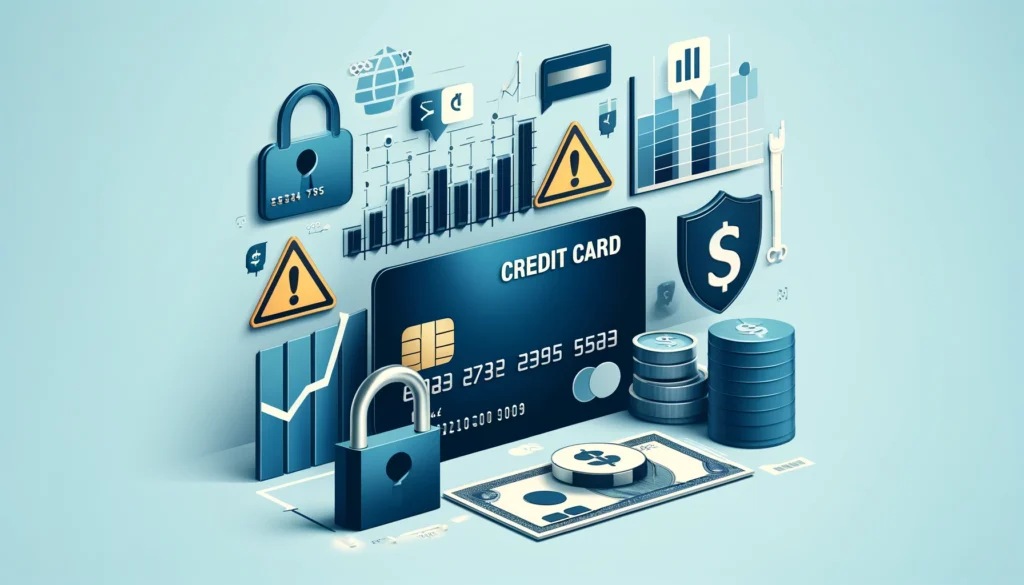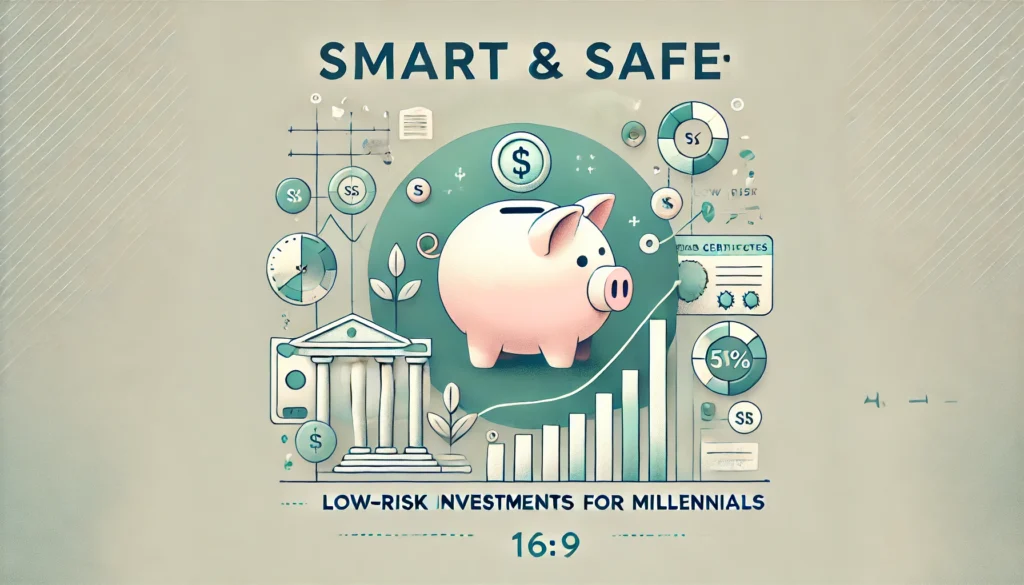Welcome to Wise Wallet Tips! In an era marked by rising food prices and ongoing economic shifts, finding ways to save money on groceries has become a top priority for households across the globe. Whether you’re feeding a growing family or living solo, grocery bills can easily eat into your monthly budget. The good news? By using smart strategies, technology, and a dash of creativity, you can significantly reduce your grocery spending—and still eat well!
In this comprehensive guide, we’ll explore 50 budget-friendly grocery tips that reflect the latest trends and challenges of 2025. From meal planning to digital coupons, these practical suggestions will help you navigate the new normal of grocery shopping with confidence.
1. Before You Shop
1. Set a Realistic Grocery Budget
A clear budget is the backbone of any money-saving strategy. Calculate how much you spend on average per month and determine a realistic cap. Since prices in 2025 have grown steadily, aim for a budget that meets your needs but still challenges you to cut grocery costs.
2. Embrace Meal Planning
Meal planning is the unsung hero of frugal living. Each week, plan out your meals in advance by listing out every ingredient. This approach not only streamlines your shopping list but also helps prevent costly impulse buys. Bonus tip: plan recipes that use overlapping ingredients to reduce waste.
3. Take Stock of Your Pantry
Before heading to the store, check what you already have at home. This practice prevents you from buying duplicates and ensures you use up items before they expire. Keeping an inventory list on your phone or pinned on your fridge can be a game-changer in curbing grocery expenses.
4. Use a Shopping List App
Gone are the days of scribbled paper lists. Dedicated shopping apps can help you sync your list with family members, compare prices, and even flag deals. Look for apps that let you scan barcodes to find the best prices nearby.
5. Schedule Your Shopping
Set aside one or two specific days each week for grocery shopping. This habit reduces the urge to pop into the store spontaneously (leading to extra purchases). Try shopping midweek, when stores are less crowded and sometimes run promotions to entice weekday customers.
6. Plan Around Sales Flyers
Look through digital or printed weekly sales flyers before planning your meals. If chicken breast is on sale, you might build your meals around that protein. If vegetables like broccoli and peppers have special discounts, incorporate them into recipes for the week.
7. Clip and Click Digital Coupons
In 2025, coupons have gone almost entirely digital. Many grocery chains offer apps or loyalty programs with built-in coupon systems. Spend a few minutes each week “clipping” digital coupons on your phone. The savings can add up quickly!
8. Check Cashback and Rewards Apps
Cashback apps like Ibotta, Rakuten, or Fetch Rewards (exact app availability varies by region) often partner with grocery chains to give you money back on eligible purchases. It might only be a few cents or dollars each time, but it’s an easy win for frugal living enthusiasts.
9. Avoid Shopping Hungry
Heading to the store on an empty stomach is a quick way to bust your budget. Plan your trips after a meal or keep a healthy snack on hand. This strategy helps you resist impulse items like baked goods and deli treats that can quickly eat into your grocery funds.
10. Create a “Don’t Buy” List
If you know certain items are your weak spot (like gourmet cheeses, fancy pastries, or premium ice cream), add them to a mental or written “don’t buy” list. This self-awareness helps curb impulse spending and keeps you focused on essentials.
2. At the Store
11. Shop with a Basket or Smaller Cart
When you only need a few items, using a basket instead of a full cart can help you think twice about extra purchases. A smaller cart literally limits the space you have for groceries, keeping your shopping in check.
12. Compare Unit Prices
Don’t rely solely on the big, bold price tag. Look at the unit price (price per ounce, pound, or liter). Often, larger sizes have better value, but not always. Check the shelf labels or use a calculator app to find the real bargain.
13. Buy Store Brands
Store-brand or private-label products can be significantly cheaper than name brands, and the quality is often comparable. In 2025, many private-label items are produced by the same facilities that make brand-name goods, so don’t be afraid to test them out.
14. Look for Clearance or Markdowns
Many stores mark down items that are close to their “best by” dates. If you plan to use the product soon or freeze it, you can score substantial savings. Just be sure to inspect the packaging and confirm it’s still safe to consume.
15. Shop the Perimeter First
Produce, dairy, meat, and other fresh items are often found around the edges of the store. Processed snacks and sugary treats inhabit the center aisles. Shopping the perimeter first ensures you fill up on healthier, more essential items—while reducing expensive impulse buys.
16. Weigh Your Produce Options
Loose produce is typically cheaper than pre-packaged bags. For instance, bagged apples might be sold by the bag, while loose apples might let you pick exactly how many you need. Compare pricing to see which option saves you the most.
17. Be Selective About Organic
In 2025, organics can still carry a premium. If you’re on a tight budget, prioritize organic choices for foods known to have higher pesticide residues (often referred to as the “Dirty Dozen”). Conventional options are usually fine for produce on the “Clean Fifteen” list.
18. Buy Local and Seasonal
Seasonal produce is often cheaper because it’s more abundant. Plus, buying local reduces transportation costs. Farmers’ markets and community-supported agriculture (CSA) programs are fantastic for snagging fresh, budget-friendly deals.
19. Score Rain Checks
If a sale item is out of stock, ask for a rain check (if your store offers it). A rain check lets you return later and still get the sale price. This is a useful hack if popular discounted items sell out quickly.
20. Use Loyalty Programs Wisely
Most major grocery chains offer loyalty cards that grant access to additional discounts or exclusive promotions. Sign up for these programs, but always compare prices to ensure you’re truly getting the best deal.
21. Bring Reusable Bags
Many stores in 2025 have phased out single-use plastic bags or charge a small fee for them. Bringing your own bags saves you money and supports eco-friendly practices.
22. Check Top and Bottom Shelves
Eye-level shelves often stock name-brand or premium items. Look above and below to find cheaper alternatives. Stores consciously place costlier products at eye level to encourage you to spend more.
23. Avoid Pre-Cut and Pre-Washed
Convenience comes with a markup. If you’re willing to do a bit more prep work at home, skip the pre-cut fruits and vegetables. Buy whole heads of lettuce instead of bagged mixes. These small steps can yield significant savings over time.
24. Compare Non-Food Essentials
Many grocery stores stock paper goods, cleaning products, and personal care items. Compare these prices with those of bulk retailers or online deals. Sometimes, it’s cheaper to buy non-food essentials elsewhere.
25. Opt for Frozen When it Makes Sense
Frozen fruits and vegetables are typically cheaper than fresh (especially for out-of-season produce) and retain much of their nutritional value. Keep a stash on hand for quick meals or smoothies without worrying about spoilage.
3. After You Shop
26. Organize Your Fridge and Pantry
Maintaining an organized kitchen helps you track expiration dates and prevents food waste. Label leftovers with the date, place older items at the front, and store dry goods in clear containers so you can see what’s inside.
27. Practice “First In, First Out” (FIFO)
The FIFO rule ensures you consume older items before newer ones. Put newly purchased goods behind the existing ones. This simple approach can drastically reduce wasted food—and wasted money.
28. Batch Cook and Freeze
Preparing larger quantities of meals and freezing portions can slash your grocery costs. Batch cooking saves on ingredients (bought in bulk), plus it’s a time-saver. You’ll have healthy, ready-to-eat meals on hand, reducing the temptation for last-minute (and costly) takeout.
29. Reinvent Leftovers
Turn last night’s roast chicken into chicken salad sandwiches or chicken soup the next day. Transform leftover rice into fried rice. With a bit of creativity, you can repurpose leftovers into entirely new dishes.
30. Store Produce Properly
Different foods have different storage needs. For example, tomatoes fare better at room temperature, while leafy greens last longer in the fridge with a slightly damp paper towel. Proper storage can prolong freshness and cut down on spoilage.
31. Keep a “Use Now” Shelf
Designate a specific shelf in your fridge for items that need to be used within the next couple of days. This visual reminder ensures that milk nearing its expiration date or half-used sauces get used up promptly.
32. Make Your Own Convenience Foods
Instead of buying ready-made salad kits or marinated meats, prepare them yourself. Chop veggies in advance for quick salads, marinate chicken over the weekend, or pre-portion snacks. You’ll get the convenience without the premium price tag.
33. Track Your Spending
After each shopping trip, note the total in a budgeting app or spreadsheet. Monitoring your monthly grocery outlay can reveal patterns, such as overspending during certain weeks or regularly buying items you don’t actually use.
34. Share with Neighbors or Friends
If you find a great bulk deal on perishable items, consider splitting it with neighbors or friends. Dividing the cost means you both get discounted prices without the risk of waste.
35. Adjust Meal Plans as Needed
If you notice certain items are frequently going unused, revise your meal plan. Continually adapt and optimize based on what’s working (and what’s not) to keep your frugal living efforts on track.
4. Long-Term Strategies
36. Learn Basic Cooking Skills
One of the best ways to save money on groceries is to cook more meals at home. Even basic cooking skills—like roasting vegetables, sautéing proteins, and making simple sauces—can significantly reduce your reliance on expensive takeout or prepared foods.
37. Grow Your Own Herbs or Vegetables
Even if you’re short on space, window boxes or vertical gardens can yield herbs and small veggies like cherry tomatoes. Growing your own produce cuts grocery bills and gives you fresh, organic ingredients right at your fingertips.
38. Join a Community Garden
If space is an issue, consider joining a community garden. You’ll get a plot to grow more substantial quantities of produce, meet like-minded neighbors, and share gardening tips—all while slashing your grocery costs.
39. Preserve or Can Foods
Harvest season often leads to excellent deals on bulk produce. Learn to can, pickle, or freeze extra fruits and vegetables. Come winter, you’ll appreciate having your own supply of tomato sauce or jam without paying off-season prices.
40. Master Slow Cooking and Instant Pot Meals
Slow cookers and Instant Pots are game-changers for budget-friendly grocery tips. They can turn cheaper cuts of meat and simple vegetables into tasty meals. Plus, cooking in batches saves both time and money.
41. Join a Warehouse Club
Warehouse clubs like Costco, Sam’s Club, or BJ’s can be a treasure trove for bulk purchases—if you have the storage space. Consider splitting the membership cost with a friend or family member if you can’t justify it on your own.
42. Subscribe to a Meal-Kit Service (Selectively)
While meal kits can be pricey, some offer introductory discounts or referral deals that temporarily reduce costs. Use them strategically for new recipe ideas, then replicate those dishes with your own ingredients at a lower cost.
43. Use Credit Card Rewards
Some credit cards offer extra rewards or cash back on grocery purchases. If you consistently pay off your balance to avoid interest, this can be a smart money-saving strategy in the long run.
44. Make Homemade Versions of Restaurant Favorites
Craving your favorite restaurant dish? Recreate it at home! The internet is packed with copycat recipes that taste remarkably close to the real deal—at a fraction of the cost.
45. Stay Updated on Food Trends
Food trends in 2025 often shift consumer demand and pricing. For instance, if certain proteins or plant-based products become widely popular, prices may rise. Staying informed helps you pivot to more affordable alternatives quickly.
46. Compare Online Grocery Services
Online grocery services have grown exponentially in 2025, offering convenience along with deals. Compare delivery charges, subscription fees, and per-item costs before committing. Some online retailers provide bulk discounts or price-match guarantees.
47. Follow Frugal Influencers and Blogs
Stay motivated by following social media influencers, YouTubers, or blogs dedicated to frugal living and grocery hacks. Community-driven insights can yield fresh ideas and help you stay accountable.
48. Cook International Cuisines
Experiment with global cuisines that rely on beans, grains, and vegetables—like Indian dal, Mexican bean dishes, or Mediterranean lentil soups. These meals are often cheaper to make, full of flavor, and easy to batch-cook.
49. Set up a Grocery Challenge
Challenge yourself (and your household) to cut down your monthly grocery spending by a certain percentage. Turn it into a game—see who can come up with the best money-saving strategies each week!
50. Evaluate and Adapt
Saving on groceries is an ongoing process. Prices and personal needs change. Evaluate your strategies regularly, celebrating small wins and tweaking approaches for better results.
Final Thoughts
Saving money on groceries in 2025 may feel daunting given rising prices and evolving market trends, but the 50 budget-friendly grocery tips above show that small, consistent changes can make a big difference. By planning your meals, comparing prices, and leveraging technology, you’ll keep more of your hard-earned money in your wallet—without sacrificing a healthy diet.
Ready to take your frugal living journey to the next level? Start today by picking three tips from this list and putting them into practice on your very next shopping trip. Over time, layer in additional strategies to continually cut grocery costs and improve your financial well-being.
Remember, every dollar saved on groceries can go toward other financial goals—like an emergency fund, debt repayment, or a dream vacation. Your grocery hacks can be the key to unlocking bigger financial aspirations. Start saving now, and watch your Wise Wallet grow!



